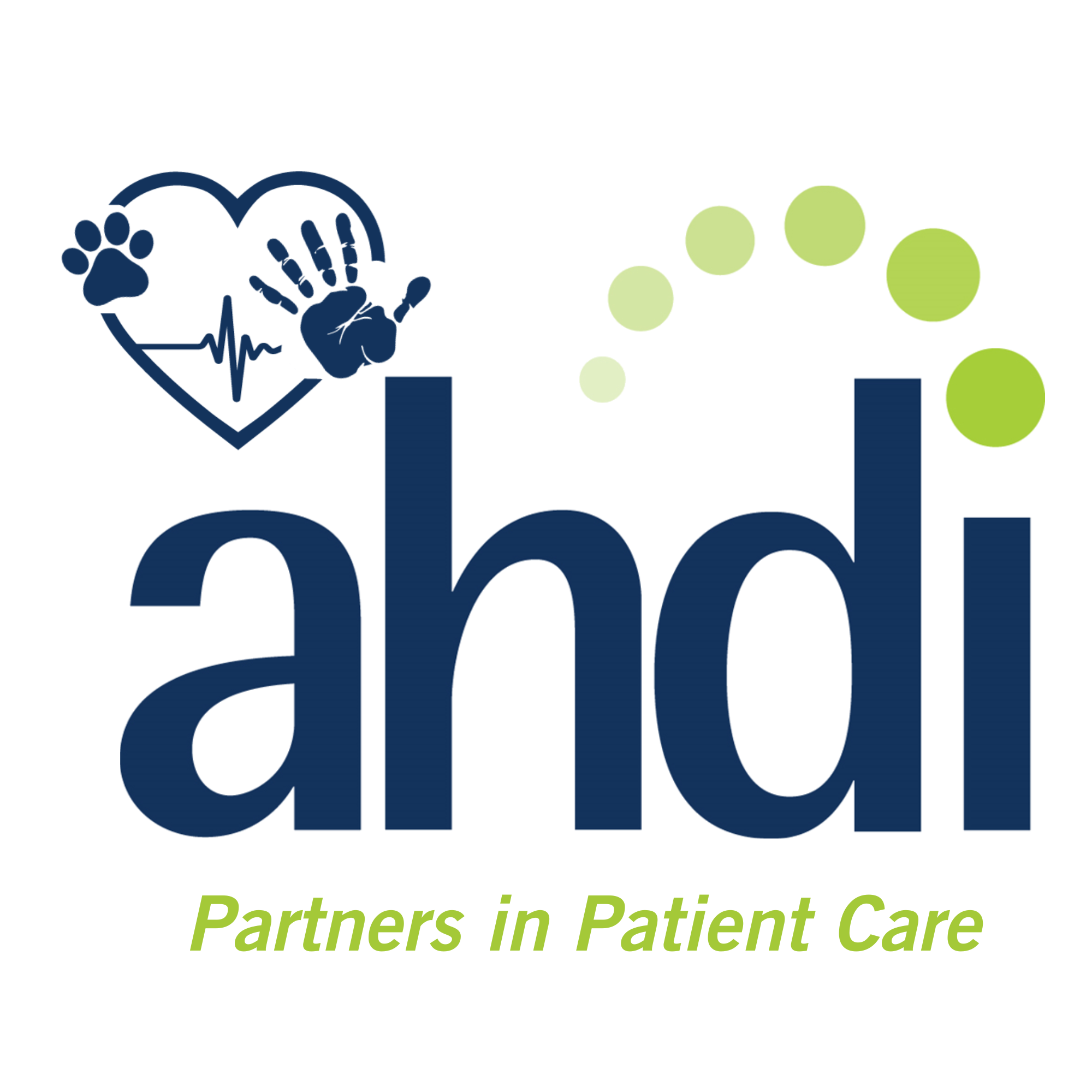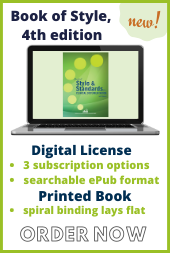Verbatim Transcription
AHDI Position Statement
Written November 2006
Position
AHDI opposes the growing trend among healthcare facilities toward adopting a “verbatim” transcription policy, one that limits medical transcriptionists (MTs) to transcribing exactly what is dictated, regardless of error, and flagging all discrepancies for review by the dictator. AHDI believes this restricted role for documentation specialists ignores the contribution to risk management that MTs are trained and equipped to provide. A skilled, engaged MT partners with the dictating provider to ensure an accurate, timely, and secure record. Healthcare providers and facilities would be well served to recognize this contribution and empower MTs to be actively engaged in the story-telling of the patient encounter, noting discrepancies in grammar, style, and clinical information, and correcting those discrepancies that fall within the scope of the MT’s knowledge and informed judgment.
Rationale
Routing discrepancies back to the dictator that could have been reasonably corrected by the transcriptionist has a direct impact on turn-around time and reimbursement. A significant delay in document work flow from patient encounter to reimbursement results when any record is flagged for provider review and correction. In an environment where even minor discrepancies must be flagged for review, the impact on turn-around time leads to backlog and delayed billing. Such a restrictive policy for editing and correction can be costly to the facility and burdensome to the medical records department that has to facilitate those corrections. MTs are risk management professionals equipped with an interpretive medical language skill set that should be deployed, not restricted, in the medical records setting to (a) ensure the accurate capture of clinical data, and (b) facilitate the forward progress of the record through the system.
Guidelines for MT Editing
AHDI recognizes that MTs are not engaged in provision of patient care and cannot be expected to have insight into the patient encounter beyond what is provided by the dictator. However, many discrepancies encountered in dictation represent areas of obvious error where correction falls within the scope of the interpretive skill set and clinical knowledge of the MT.
The Book of Style for Medical Transcription, 3rd Edition, provides the following editing guidelines to MTs when addressing discrepancies in dictation:
Editing
Verbatim transcription of dictation is seldom possible. MTs should prepare reports that are as correct, clear, consistent, and complete as can be reasonably expected, without imposing their personal style on those reports. Editing is inappropriate in medical transcription when it alters information without the editor’s being certain of the appropriateness or accuracy of the change, when it second-guesses the originator, when it deletes appropriate and/or essential information, and when it tampers with the originator’s style. Edit grammar, punctuation, spelling, and similar dictation errors as necessary to achieve clear communication. Likewise, edit slang words and phrases, incorrect terms, incomplete phrases, English or medical inconsistencies, and inaccurate phrasing of laboratory data.
Dictation Problems
A variety of dictation problems may occur, and a medical transcriptionist being alert to them is a form of risk management. Watch for and correct obvious errors in dictation, including grammar, spelling, terminology, and style. When uncertain, draw suspected errors to the attention of the originator and/or supervisor. When the change would be significant, particularly if it would influence medical meaning, leave a blank and flag it. Never “close up” the space where the unintelligible word, phrase, or sentence belongs, making it appear that a transcript is complete. Likewise, do not transcribe the questionable dictation, adding [sic] to indicate it is transcribed verbatim. When the transcriptionist cannot determine how to edit the incorrect dictation properly, sometimes the best choice is to leave a blank and flag it. Appropriate use of blanks should prompt careful followup and contribute to patient care and risk management. A medical transcriptionist who identifies an inconsistency in dictation should resolve it if this can be done with competence and confidence. If the discrepancy cannot be resolved with certainty, the report should be flagged and brought to the attention of the supervisor or the report’s originator for resolution.
Honoring a physician’s dictation style, recognizing error or inconsistency in the record, correcting errors appropriately, refraining from correcting or altering what cannot be confirmed, protecting the integrity of the patient encounter, and ensuring the confidentiality of the record define what a skilled, qualified medical transcriptionist is engaged in every day. AHDI encourages facilities who currently embrace verbatim transcription to replace this policy with one that provides clear guidelines for appropriate editing that empowers their MTs to be a contributory part of the risk management process.






